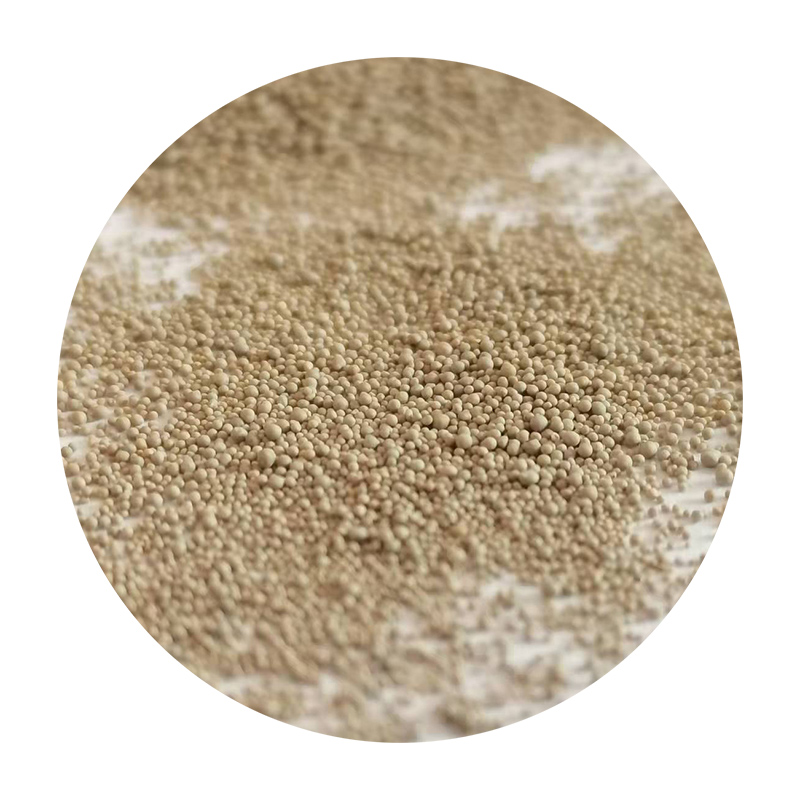Optimizing Sanding Techniques for 3D Resin Prints
3D printing has revolutionized the way we create models and prototypes, providing remarkable precision and flexibility. Among the various materials available, resin has gained significant popularity due to its ability to produce highly detailed prints. However, the finishing touches—specifically sanding—are essential to achieve a smooth, professional-looking surface on these intricate creations.
Sanding 3D resin prints can be a meticulous process, but when done correctly, it transforms raw prints into visually stunning and tactile models. To optimize sanding techniques for resin prints, several factors should be considered.
Understanding the Resin Print Surface
Unlike FDM (Fused Deposition Modeling) prints, which may have a layer line texture, resin prints typically have a smoother appearance due to the curing process. However, they can still exhibit imperfections, such as support marks or minor blemishes. Identifying these imperfections before starting the sanding process is crucial. Inspect the print under good lighting and consider using a magnifying glass to spot areas that need attention.
Choosing the Right Tools
When it comes to sanding, the right tools can make all the difference. Begin with a variety of sandpaper grits, starting from a coarse grit (around 80-120) to remove significant imperfections, and gradually progressing to finer grits (up to 2000) for a polished finish. Wet sanding is highly recommended for resin prints. It not only minimizes dust but also helps achieve a smoother surface, preventing the sandpaper from clogging and extending its lifespan.
sanding 3d resin prints

The Sanding Process
Begin by firmly securing the resin print in a comfortable position. Start with the coarse grit sandpaper, applying gentle pressure and moving in circular motions to avoid creating flat spots. Pay extra attention to areas with support marks or rough edges. Once the primary imperfections are dealt with, switch to finer grits, repeating the process until the desired smoothness is achieved.
After sanding is complete, clean the print thoroughly to remove any debris. Rinse it under running water or use a soft brush to ensure no residue remains. Once dry, you may choose to polish the surface further using a resin-safe polish or a clear coat to enhance the visual appeal and add an extra layer of protection.
Post-Sanding Considerations
It’s important to note that sanding can compromise the integrity of certain intricate details, so always use caution around delicate areas. If a print is particularly detailed, consider carefully sanding only the problematic sections or using alternative finishing methods, such as resin coating or using a heat gun to remove minor imperfections.
In conclusion, effective sanding of 3D resin prints is an essential skill for achieving high-quality finished products. By understanding the materials, using the right tools, and employing proper techniques, hobbyists and professionals alike can elevate their prints from basic models to works of art. Embrace the process, and your talents will shine through in every resin print.
Post time:अक्ट . 10, 2024 05:03
Next:china sand casting
